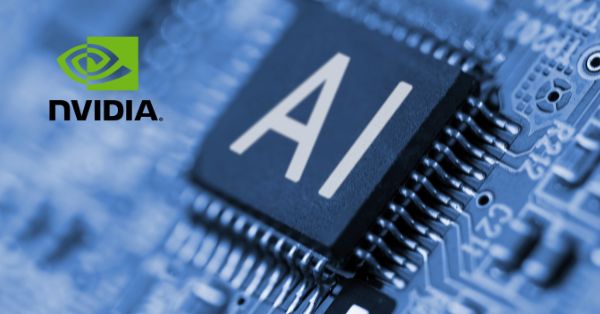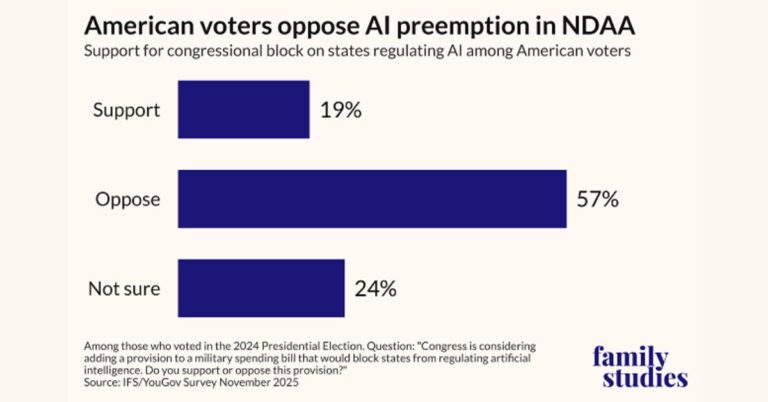The City of Chesapeake, Virginia, has launched a major digital infrastructure project—Chesapeake Connects—to reshape how the city connects with its residents and serves its community. Partnering with Boldyn Networks, Chesapeake is building a private wireless network that will support its smart city strategy, bridge the digital divide, and improve essential services.
Connectivity Barriers Facing Chesapeake’s Public Services
Before this initiative, Chesapeake relied on commercial network providers, facing issues like inconsistent coverage, high costs, and limited control over critical connectivity. These constraints impacted first responders, public institutions, and residents—especially in underserved areas.
Key challenges included:
-
Inadequate broadband access in several neighborhoods
-
High operational costs for city-wide connectivity
-
Lack of secure, mission-critical communication channels
-
Limited infrastructure to support IoT applications and smart city services
City-Owned LTE Network: A Custom Connectivity Solution
The answer? A city-owned LTE private network designed and managed by Boldyn Networks. This dedicated wireless infrastructure is tailored to meet the operational needs of:
-
First responders
-
Public works
-
Schools and libraries
-
Utility services
The network blends a high-bandwidth CBRS overlay for Fixed Wireless Access (FWA) with a low-power, wide-area network (LoRaWAN) to support real-time IoT communications.
Early Deployment Results and City Official Testimony
“Implementing an LTE private network allows us to enhance public safety, improve city infrastructure management, and provide reliable connectivity for critical services,”
— Harvey Miller, Broadband Development Officer, City of Chesapeake.
The deployment is already underway with seven LoRaWAN antennas active and four more scheduled for installation—ensuring full city coverage. Applications include flood detection sensors, smart traffic lights, trash bin monitoring, and air quality measurement.
Hybrid Network Architecture: CBRS LTE and LoRaWAN Explained
The backbone of the project is a hybrid Private Network with:
-
CBRS-based LTE for high-capacity broadband
-
LoRaWAN for low-power, long-range IoT use cases
-
Boldyn’s centralized cloud architecture for multi-purpose service delivery
The architecture ensures ultra-reliable low-latency communication for critical services while reducing reliance on commercial carrier networks.
Smart City Benefits: Lower Costs, Better Connectivity, Equity
The network delivers immediate and long-term advantages:
-
Resilient connectivity for emergency response and public safety
-
Lower operational costs—estimated savings of over $1 million annually by Year 5
-
Real-time monitoring of city infrastructure via IoT devices
-
Improved digital equity for students, underserved communities, and public institutions
-
Revenue generation by leasing excess fiber capacity to broadband providers
A Model for Municipal Smart City Network Deployment
This project is a model for other municipalities aiming to implement smart city strategies while maintaining ownership and control over their network infrastructure.
Chesapeake demonstrates that local governments can:
-
Reduce dependency on commercial ISPs
-
Improve network security and performance
-
Enable scalable, future-proof digital services
By combining Private Networks, FWA, and IoT applications, Chesapeake is taking a pragmatic and replicable approach to modernization.
Boldyn Networks’ Role in Private Network Design and Operation
Boldyn Networks is leading the design, deployment, and operation of the private network. With over 130 global mobile private network deployments, Boldyn brings extensive experience in:
-
Private 4G and 5G network architecture
-
Edge computing and cloud integration
-
Securing public-sector infrastructure for scalability and resiliency
Their centralized cloud platform allows the city to adapt network usage across multiple departments and service needs, all with robust network automation capabilities.
Public-Private Partnerships Behind Chesapeake Connects
While Boldyn is the infrastructure partner, the project also relies on:
-
The City of Chesapeake’s leadership and long-term vision
-
Federal funding from the American Rescue Plan Act (ARPA)
-
Local broadband providers that may lease the city’s fiber for expanded services
This cooperative model allows for public ownership while leveraging private expertise.
Deployment Progress and Current Network Capabilities
The network is partially live, with LoRaWAN and CBRS components already supporting services like:
-
Public safety communications
-
Smart utility monitoring
-
Remote connectivity for municipal staff
More nodes, fiber expansion, and community applications are planned in phases over the coming months.
-
2023–2024: Planning and procurement phase
-
Early 2025: Initial deployments and pilot services
-
Mid 2025: Live LTE and LoRaWAN services across selected areas
-
Late 2025 onward: Full rollout of Chesapeake Connects with additional sites and expanded use cases
By Year 5, the city aims to achieve full operational maturity, cost savings, and added revenue from excess fiber leasing.
Leadership Vision and Stakeholder Endorsements
While the City of Chesapeake does not endorse specific vendors, the selection of Boldyn Networks was made through an official procurement process. The results already speak for themselves—improved coverage, stronger public services, and a foundation for future smart city growth.
“Through Chesapeake Connects, the city is a leading example of how local governments can harness innovation and leverage technology partners to better connect for, and with, their communities.”
— Chris Zack, SVP of Wireless Solutions, Boldyn Networks.







































